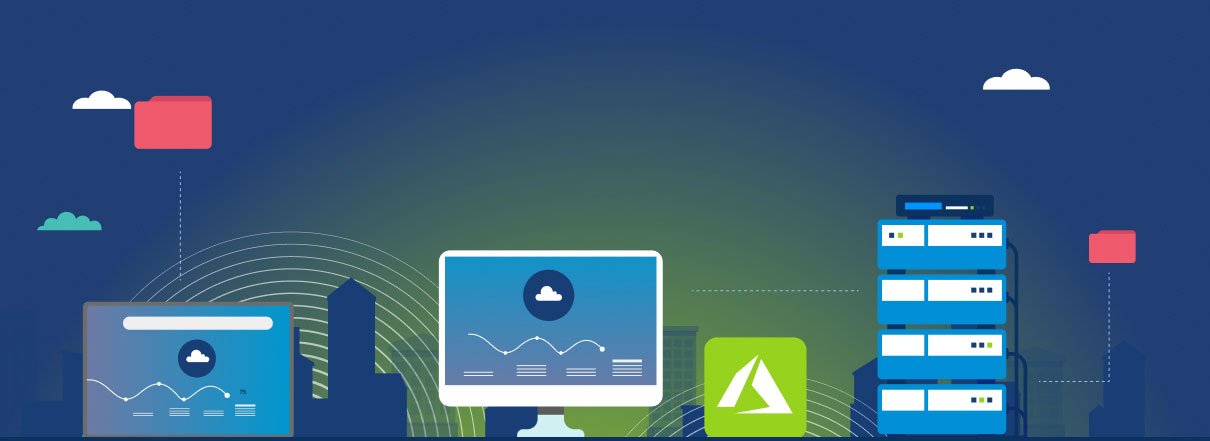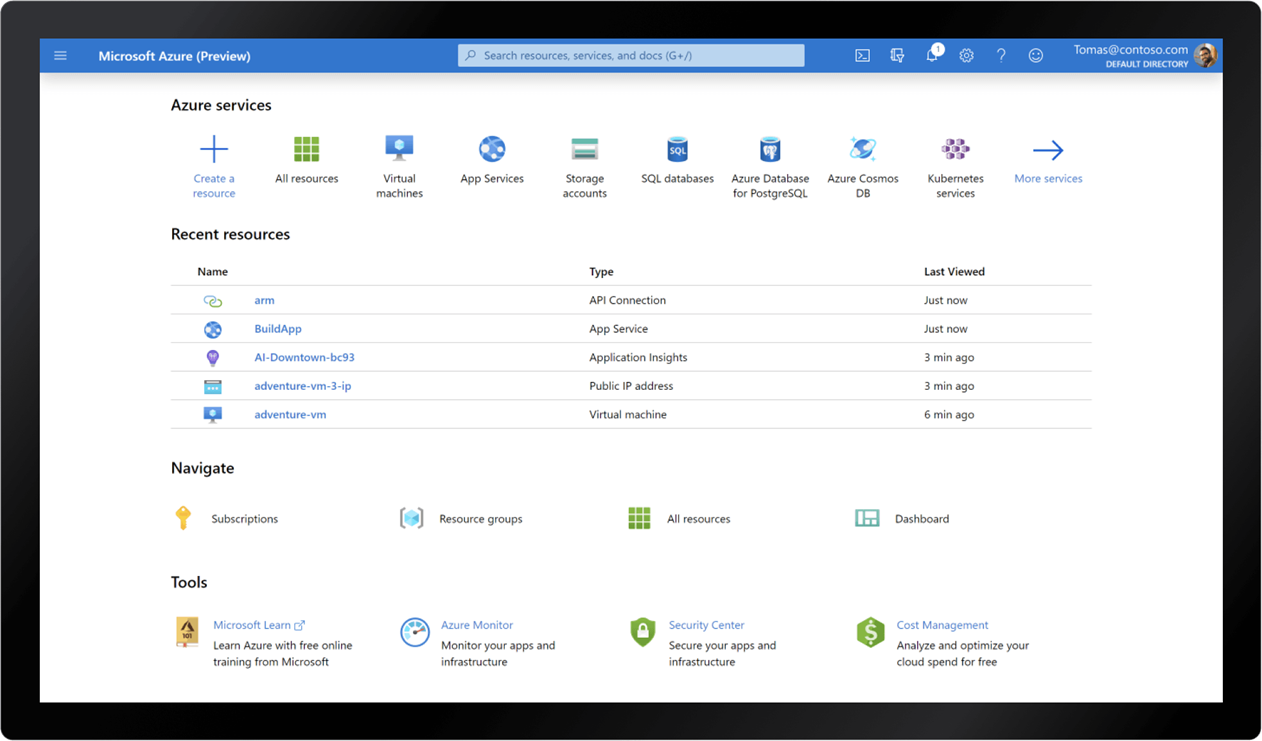Feb 2, 2021

Summary
Campaign starts on the 2st February, will end on the 31st of August 2021. It aims to reward Partners when bringing ACA, and while hitting campaign ACR thresholds. This campaign encourages Partners to bring ACA and accelerate ACR increase
Start date : 2st of February 2021
End date: 31th of August 2021
Campaign consists of an earning Period from 2st of February 2021, till 30th of June 2021, and a monitor period from 1st of July 2021, till 31st August 2021.
Customer segment
SMB only
Eligible Products
Azure, Azure RI
The Program
Consists of an earning Period from 1st of February 2021, till 30th of June 2021, and a monitor period from 1st of July 2021, till 31st August 2021.
Criteria
- CSP indirect Resellers must be enrolled in the “Campaigns” program on partner center to be eligible for the campaign
Terms and conditions
- CSP indirect Resellers will earn incentive payment of 500 USD, when they bring new eligible customer add
- Partner must bring an eligible new customer add, with 0 ACR per months, 12 months prior to campaign start date. Customer has to maintain the 250 USD ACR for 3 consecutive months, during campaign period
- For new eligible customers hitting 250 USD in June, the ACR will be monitored in July 2021, and August 2021 to stick to the 3 consecutive months rule
- Any new eligible customer hitting 250 USD ACR threshold for the 1st time in July 2021, and August 2021 (Monitor period after end of campaign) will not be counted as new customers, hence Partner will not earn incentive against those customers.
- If customer drops his ACR to below $250 during campaign period, Partner will not be eligible for incentive payment.
- Trial subscriptions are excluded from incentive program
Customer segment
SMB only
Eligible Products
Azure, Azure RI
Payment
Incentive Payments are transferred via wire transfer.
Eligible Participants who earned incentive will be paid within 60 days after end of August 2021
Nov 18, 2020

Azure adds new constrained vCPUs, capable virtual machines to reduce software licensing costs without impacting performance
Azure offers various VM sizes for which you can constrain the VM vCPU count to reduce the cost of software licensing, while maintaining the same memory, storage, and I/O bandwidth.
This may be crucial for some database workloads like SQL Server or Oracle that require high memory, storage, and I/O bandwidth, but not a high core count since many database workloads are not CPU-intensive.
So, by deploying the latest Azure Virtual Machines, you can further increase the efficiency of your cloud infrastructure.
The vCPU count can be constrained to one half or one quarter of the original VM size. These new VM sizes have a suffix that specifies the number of active vCPUs to make them easier for you to identify.
The Esv4, Edsv4, and Easv4 memory optimized Azure VM series now offer new constrained vCPU VM sizes.
For example, the current VM size ‘’E8s_v4’’ comes with 8 vCPUs, 64 GB RAM, 16 disks and 12,800 IOPs. The new VM sizes ‘’E8-4s_v4’’ and ‘’E8-2s_v4’’ comes with 4 and 2 active vCPUs respectively, while maintaining the rest of the specs of the ‘’E8s_v4’’ for memory, storage, and I/O bandwidth.
The licensing fees charged for SQL Server or Oracle are constrained to the new vCPU count, and other products should be charged based on the new vCPU count. This results in a 50% to 75% increase in the ratio of the VM specs to active (billable) vCPUs. These new VM sizes allow customer workloads to use the same memory, storage, and I/O bandwidth while optimizing their software licensing cost. Currently, the compute cost, which includes OS licensing, remains the same one as the original size.
Oct 23, 2020
Microsoft Azure is delivering a broad and extensive range of services, advancing organizations across a variety of areas from 60+ Azure Regions. These services are often considered as a go-to option for applications, running businesses and freeing up time and capabilities, enhancing work, and providing scalability.
There are benefits too with data residency provided from Azure UAE Regions, as data can be kept in the two UAE datacenter regions, in Dubai and Abu Dhabi.
From the day that Microsoft has announced global availability of Azure UAE Regions, Microsoft strived to make this more useful for customers and partners such as the recent availability of M and Mv2 Series Virtual Machines to provide SAP S4/HANA high performance, scalability and security along with the addition of new Azure Services to the UAE Regions recently.
Whatever your Application Modernization strategy, Azure is the platform that you need. You can now run App Services, Functions, Azure Red Hat OpenShift, Azure Files Premium tier and Azure DevTest Labs in UAE regions.
- Azure App Service: Azure App Service is a fully managed platform for building, deploying, and scaling web apps to enable productivity and innovation. App Service helps for building, deploying, and scaling web apps quickly and easily by supporting APIs .NET, .NET Core, Node.js, Java, Python or PHP, in containers or running on Windows or Linux.
- Azure Functions: Azure Functions allows developers to act by connecting to data sources or messaging solutions thus making it easy to process and react to events. Developers can leverage Azure Functions to build HTTP-based API endpoints accessible by a wide range of applications, mobile and IoT devices.
- Azure Red Hat OpenShift: Azure Red Hat OpenShift provides a flexible, self-service deployment of fully managed OpenShift clusters. You can maintain regulatory compliance and focus on your application development, while your master, infrastructure, and application nodes are patched, updated, and monitored by both Microsoft and Red Hat. You have the option to choose your own registry, networking, storage, or CI/CD solutions. Or you can get going immediately using built-in solutions with automated source code management, container and application builds, deployments, scaling, health management, and more.
- Azure Files Premium Tier: Azure Files premium tier storage offers high-performance, easily accessible file services, built on solid-state drives (SSD). Premium tier is optimized to deliver consistent performance for IO-intensive workloads that require high-throughput and low latency.
- Azure DevTest Labs: Azure DevTest Labs make it possible to quickly provision development and test environments, which minimizes waste with quotas and policies. The service allows automated shutdowns to be set to minimize costs. Additionally, Windows and Linux environments can be built.
Jan 13, 2017
Hybrid cloud is a term that describes when an organization uses the services of a public cloud provider which can be usually Microsoft Azure, IBM BlueMix… in addition to its private cloud. By having parallel cloud networks accessible through the same architecture, businesses have the ability to utilize the benefits of both, including faster data transfer and increased privacy.
Hybrid networks generally offer more flexibility, scalability and security over other types of hosting, whilst also being able to perform in ways that cloud and traditional hosting can’t.
Some major hybrid cloud advantages include:
- Increased data speeds – hybrid networks can be configured to push essential data through private servers instead of public ones, greatly improving load times and data transfer speeds.
- Improved security – Sensitive data can be secured on private servers with many layers of encryption that can only be accessed in house, whilst non-sensitive and publicly-accessible data and applications can be accessed through a public server.
- Decreased spending – Utilizing the public cloud for applications that don’t require security is likely to be more economical in the long run.
- Better cost visibility – Leveraging the power of a public cloud will showcase the exact amount of expenditures your are incurring making it easier to estimate your total cost and therefore estimating the right margin that is more likely to generate profit.
- Lowering downtime risk – Most of the time, having both private and public cloud at your disposal means your end customers don’t have to worry about downtime.
- Improving local network operations – Hybrid hosting also allows you the added advantage of being able to shift resource heavy processes through a separate private or public cloud network, greatly improving local network operations.










